4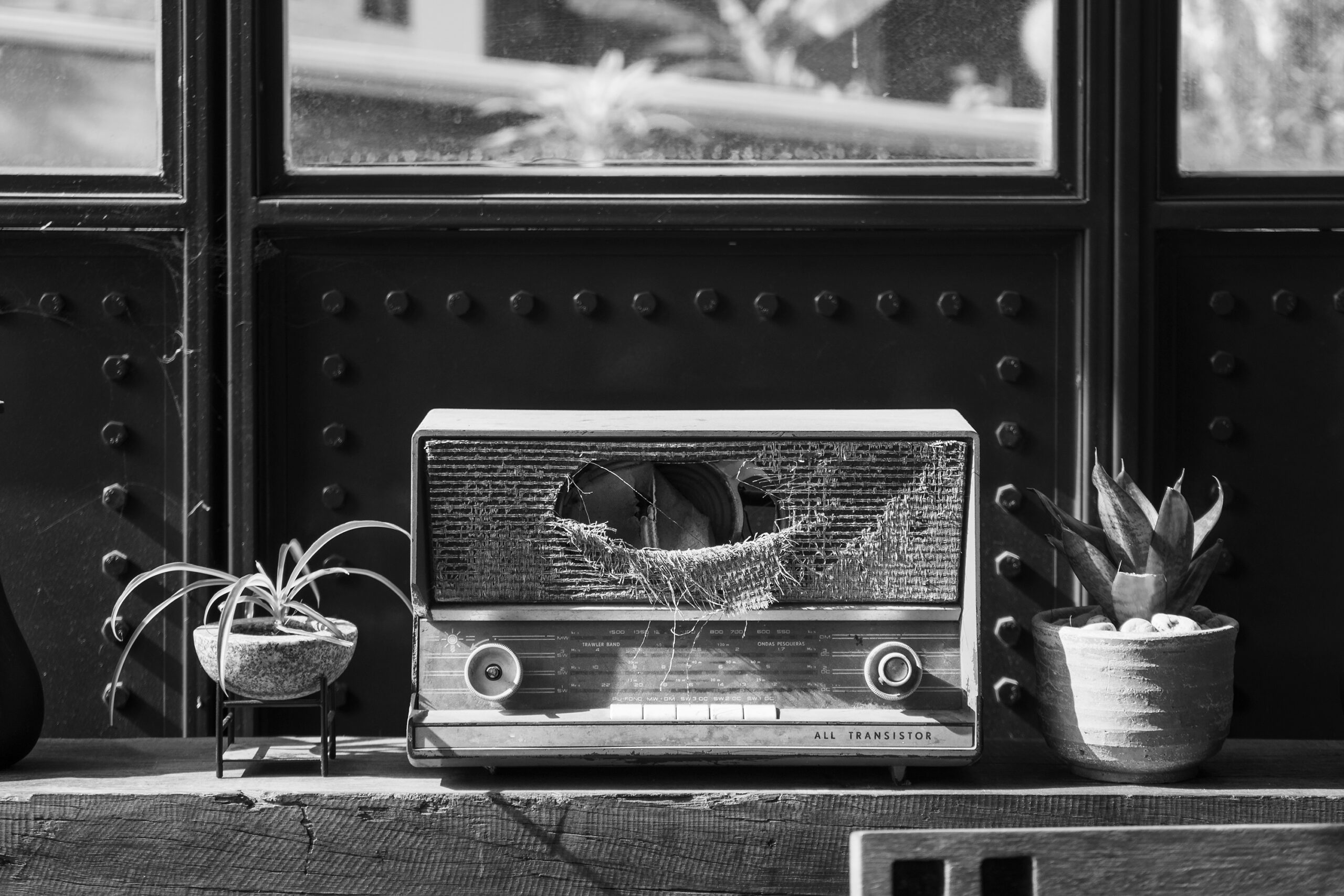
I hate to be “that guy.”
After all, radio broadcasters got some much-needed great news yesterday. As the industry’s trades trumpeted, AM/FM radio surpassing broadcast TV among 18-49 year-olds for the first time EVER.
As is appropriate, radio champion Pierre Bouvard (pictured) broke the news after being holed up for days with just Nielsen data and Gatorade. He left his analytics cave to make this announcement:
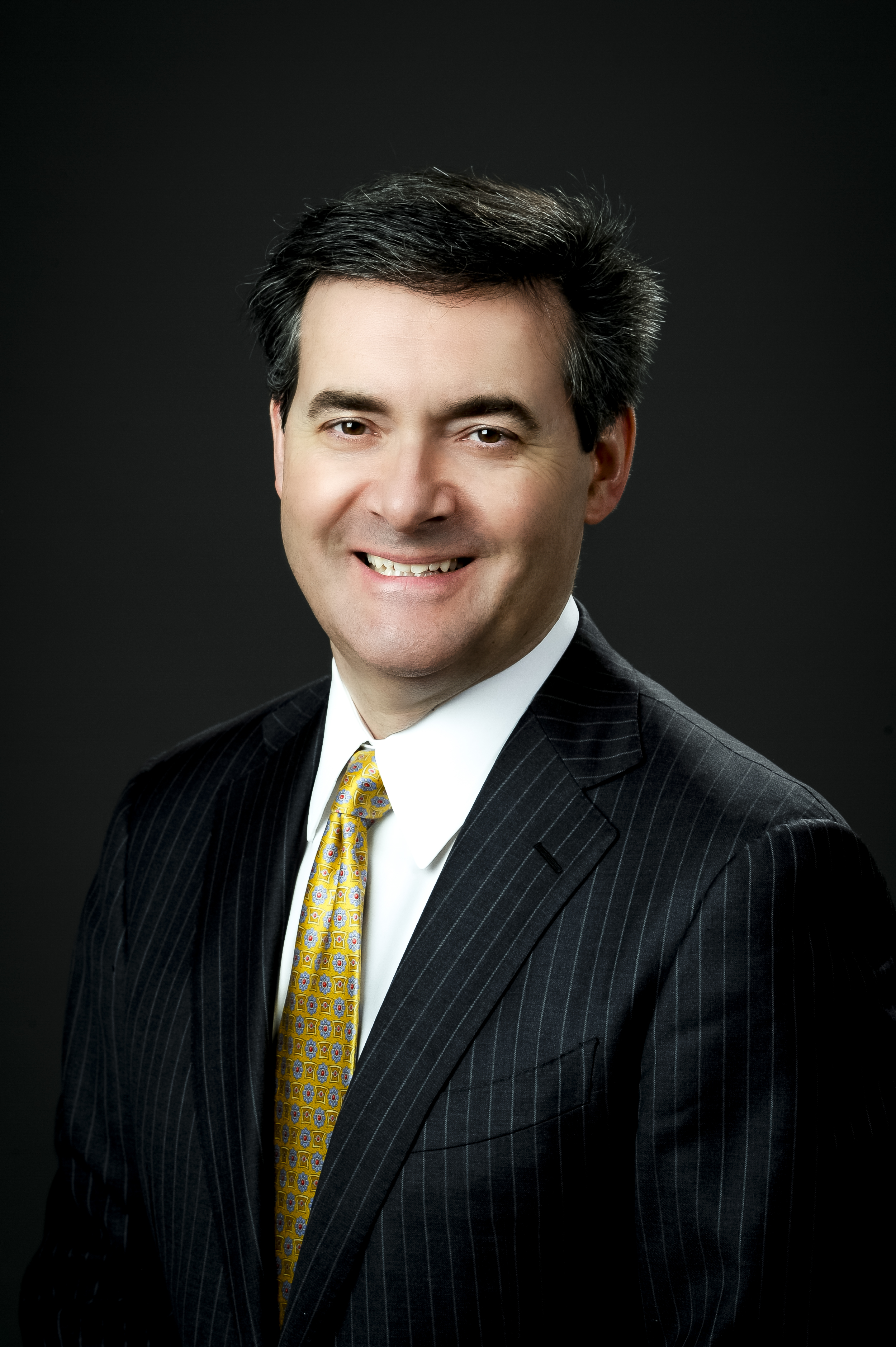
“We are seeing media history being made right before our very eyes.”
Pierre dug deeper to make the point that radio has benefitted from continued weakness in the broadcast TV world:
“This is occurring because of the stiff and steep erosion in 18-49 linear TV reach and time spent. This is being fueled by cord cutting and streaming.”
In Q3 last year, radio reached 83% of 18-49s on a weekly basis. That compares to just 59% for broadcast TV which has obviously cratered.
All in all, it’s pretty amazing news for radio, a medium that hasn’t had much to brag about lately. Unfortunately, it’s going to be a short celebration, so put down your champagne flutes and clean up all the confetti because there’s some bad news.
While the last thing I want to do is be the radio “buzz killer,” new information about AM’s continued disappearance in new cars continues to make new and disturbing headlines.
Of course, the trend away from making AM radio standard in electric vehicles isn’t a new one. EV manufacturers have tried to make the bogus case about interference problems with AM. As the car manufacturers know, this problem has a workaround. The fact is, many simply do not want to include AM in their vehicles any longer, pointing to streaming apps in these vehicles as “the solution.”
Last month, I blogged about this affront, in a post that highlighted the NAB’s efforts, along with Senator Ed Markey‘s (D-MA) attempts to get answers from recalcitrant automakers about their lack of commitment to AM in their cars and trucks.
The response was terse, at best, from the Alliance for Automotive Innovation. In their justification for the removal of AM radios from car dashboards, they provided this explanation:
“The pubic is moving away from radio and broadcast/cable television as the primary channels for news and information.”
Senator Markey’s reaction to these automakers minces no words either:

“Broadcast AM radio is an essential part of our emergency alert infrastructure, but the responses to my letter show that far too many automakers are ignoring the critical safety benefits of AM radio. Although many automakers suggested that other communication tools — such as internet radio — could replace broadcast AM radio, in an emergency, drivers might not have access to the internet and could miss critical safety information. The truth is that broadcast AM radio is irreplaceable. As the auto industry rightfully replaces the internal combustion engine with electric batteries, I will continue to work to ensure that automakers maintain access to broadcast AM radio in all their vehicles.”
He’s got a lot of work to do. Overall, there are 32 pages of comments from the automakers in response to Senator Markey’s request. Dave Arland, executive director of the Indiana Broadcasters Association, read them all.
And below are his key quotes and observations about the various car manufacturers and their respective “takes” on AM radio.
Essentially, the carmakers who have deleted AM radio are telling the Senator that they design “global” platforms and that AM radio is dead elsewhere. Also, the influence of Google’s Android Auto operating system is obvious (no AM radio). There’s also some artful dodging of the Senator’s questions: “…AM radio service…is provided via digital radio platforms (thus ensuring enhanced audio quality)…”
In other words, go find an AM station on their app…not ours.
 Tesla was equally careful, pointing to the TuneIn app as the solution to them eliminating the AM band from their electric vehicles: “Tesla identified TuneIn as an alternative streaming application to provide Tesla owners with access to their preferred local AM radio stations…”
Tesla was equally careful, pointing to the TuneIn app as the solution to them eliminating the AM band from their electric vehicles: “Tesla identified TuneIn as an alternative streaming application to provide Tesla owners with access to their preferred local AM radio stations…”
BMW says find a translator: “BMW offers free digital FM broadcasting through which many radio stations simulcast their AM radio programming…”
Ford admits: “This information is now available through several alternate means…”
Kudos to Chrysler: “To help protect the AM radio band from noise and interference, our company has, for example, used shielded high voltage cables and connectors….”
Cheers for Toyota: “All Toyota and Lexus vehicles currently on sale include AM/FM and HD radio, including Toyota’s fully battery-powered electric vehicle…”
Honda keeps AM, likely because they co-developed their electric car with GM.
Hooray for Hyundai: “AM and FM radio are available in all Hyundai vehicles distributed in the United States. We have no plans to discontinue either of these in future vehicles.”
Now the dominoes are beginning to fall. You may recall Ford’s debut EV version of its world dominating F-150 Lightning actually had an AM radio, thanks to the addition of a whip antenna that solved those “interference problems.”
But for the new 2024 F-150 Lightning, there’s no AM radio in Ford’s top-selling truck. That was clearly a blow to radio broadcasters.
But it got worse last week when Ford announced all new models of its newly designed Mustang will also not be equipped with an AM radio, even as an option.
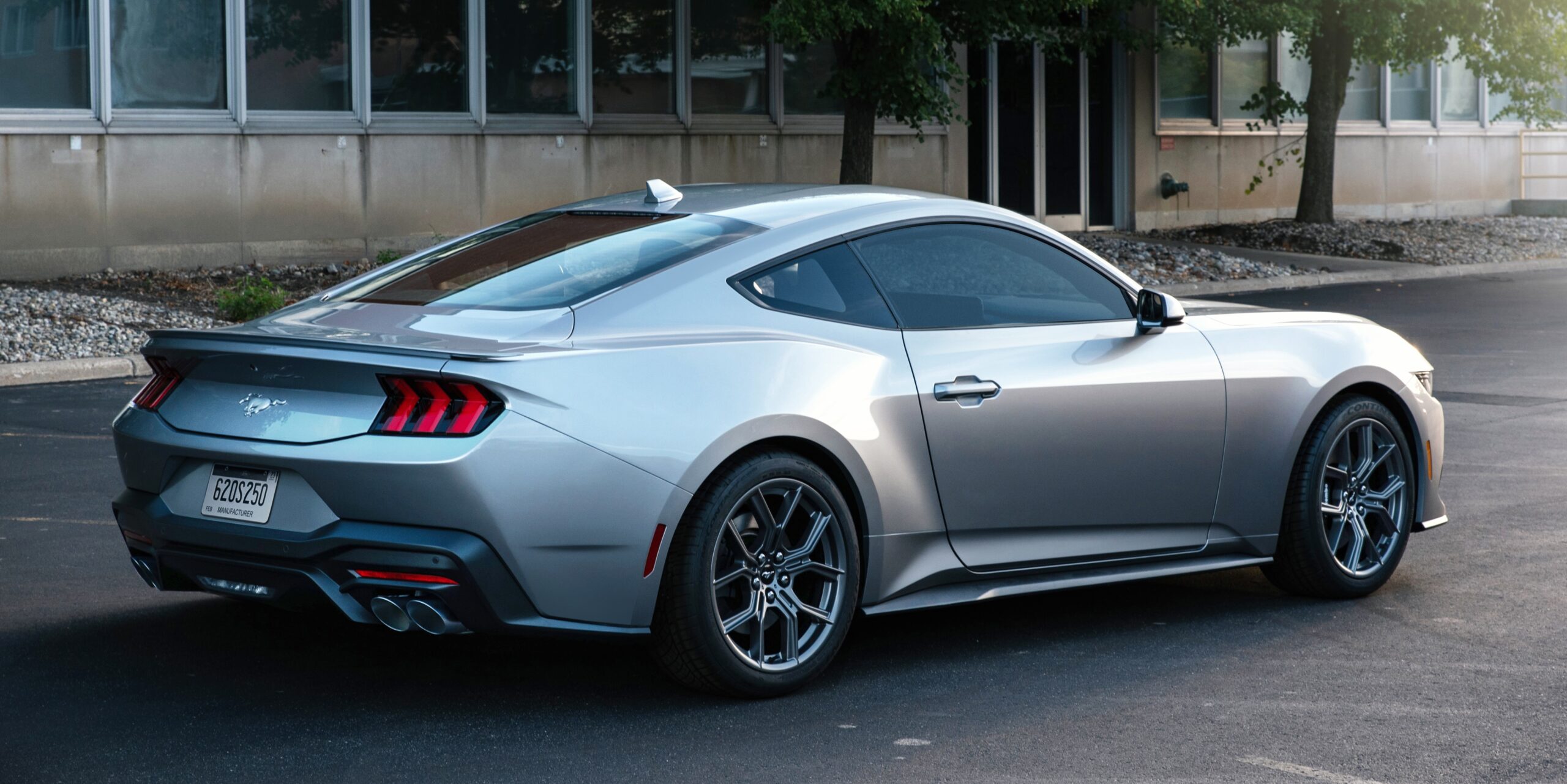
The omission of amplitude modulated radio stations, the most traditional broadcast signals, had a strong ripple effect, not just in the world of radio, but also in automotive circles. Coverage in Ars Technica followed suit with this blaring headline:
“The 2024 Ford Mustang is the next car to lose AM radio”
And it was followed by this sub-headline:
“If you listen to a lot of AM radio, the next Ford Mustang is not the car for you”
But there’s a kicker and its swift and cruel: “EVERY 2024 model Mustang – EV and ICE (internal combustion engine) that rolls off the assembly line in Flat Rock, Michigan will be minus an AM radio.”
Ars Technica checked in with Ford for an explanation and received this:
“A majority of U.S. AM stations, as well as a number of countries and automakers globally, are modernizing radio by offering internet streaming through mobile apps, FM, digital and satellite radio options.”
Paul and I have heard this same logic from automakers at CES in recent years. They reason that if a consumer can listen to WJR, WGN, and KDKA via an app, why bother with an in-dash receiver for these stations?
(Of course, couldn’t that same argument be made for FM radio!?)
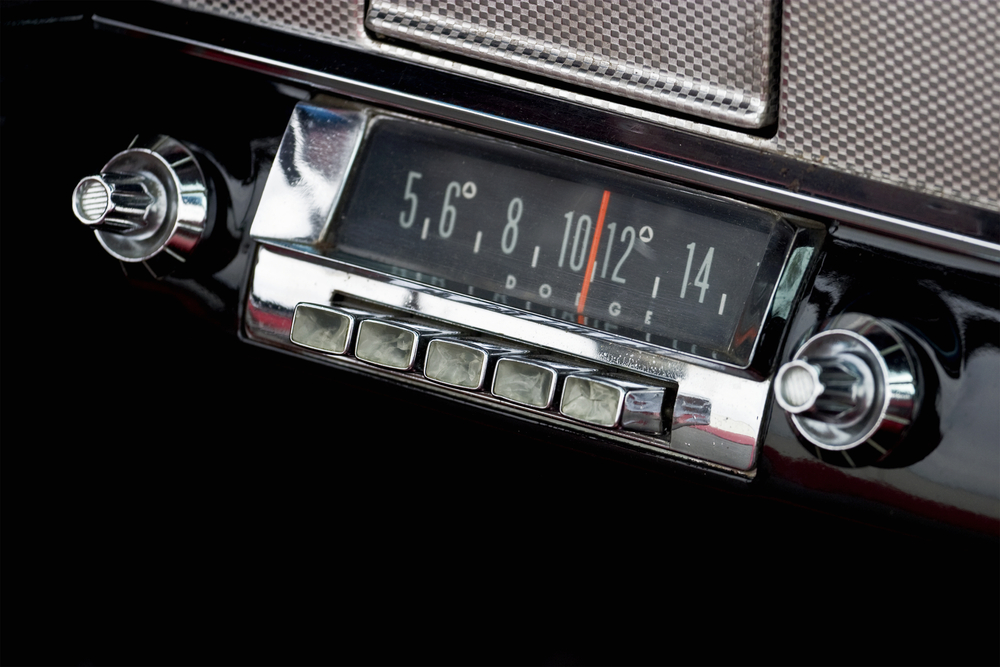 To a lot of news outlets, that was the story. But Ars Technica dug up one more key fact everyone else seemed to miss. And it’s a game changer for AM radio if it turns out to be true.
To a lot of news outlets, that was the story. But Ars Technica dug up one more key fact everyone else seemed to miss. And it’s a game changer for AM radio if it turns out to be true.
Again, the statement from a Ford spokesperson:
“Ford will continue to offer these alternatives for customers to hear their favorite AM radio music, news and podcasts as we remove amplitude modulation—the definition of AM in this case—from most new and updated models we bring to market.”
The italics are mine but the words are straight outta Dearborn. It sure looks like Ford is living up to its slogan and has “gone further.”
When an all-American carmaker like Ford jettisons AM radio in “most” of its upcoming cars and trucks, what message does that send to car buyers, dealerships, advertisers, drivers, and passengers about the value of radio in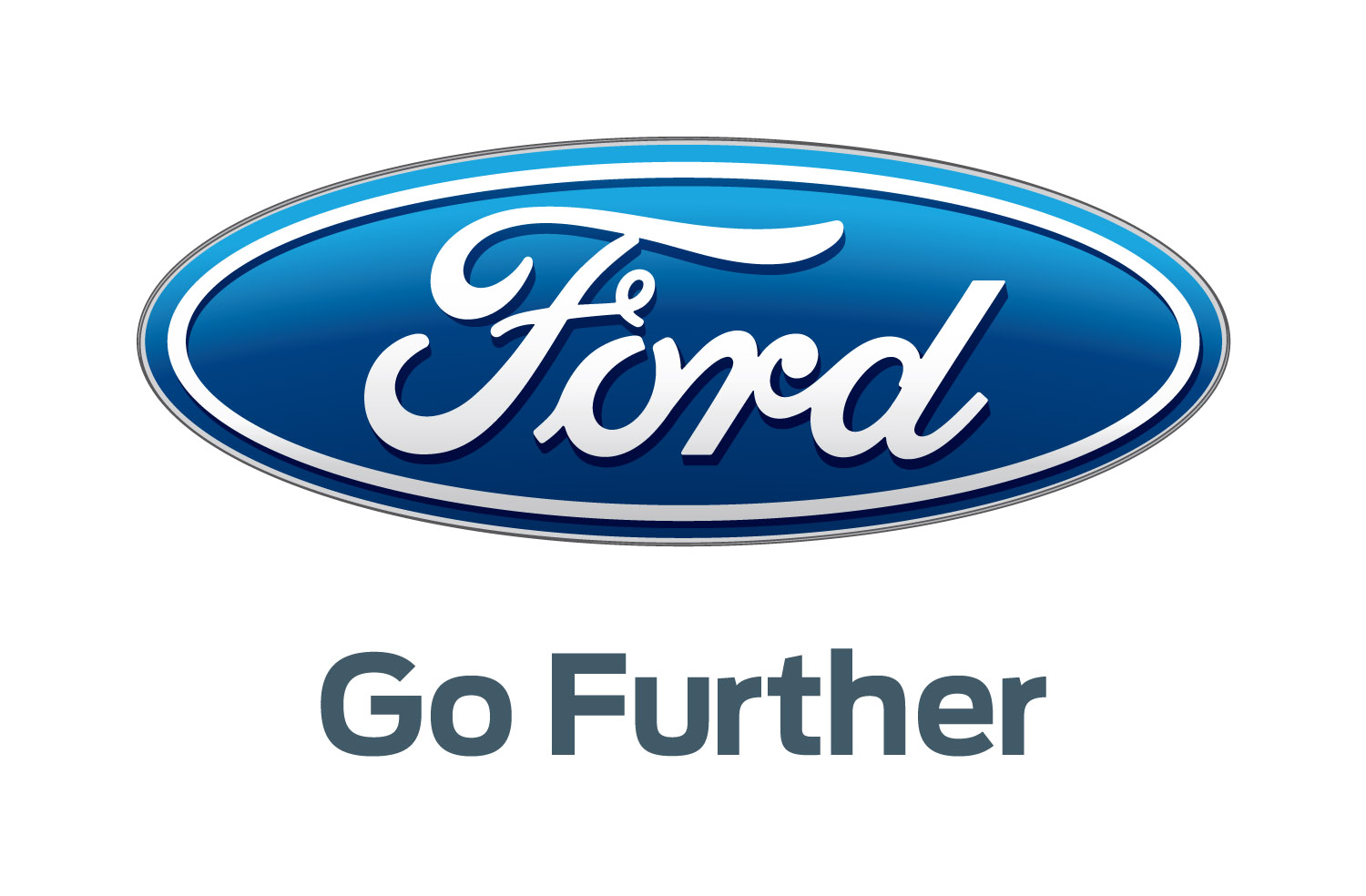 2023?
2023?
But what about other car manufacturers? Will they ask, “If Ford can eliminate AM, why shouldn’t we?
Most everybody missed this story, except of course, for Ars Technica and Radio World. Kudos to both publishers.
Disrespect for AM radio isn’t just coming from automakers. Even radio listeners have been souring on the need for an AM tuner in their next car.
Each year in Techsurvey, we ask those in the market for a new car at some point during the calendar year (or those who had already purchased or leased one in that year) to provide us with feedback on the value of various entertainment and tech features.
The updated “pecking order” for the new car wish list is on the chart below.
Using just the “very important” scores, we learned in this year’s Techsurvey 2023 that fewer than one in three (32%) new car purchasers now believe an AM radio is essential in the dashboard – an all-time low. Going back six years to when we first separated AM and FM in this question, the former earned a “very important” rating of 37%.
FM radio is in a much stronger position, but it, too, is off from its highs. In our new study, just over seven in ten (71%) new car buyers say having an FM tuner is “very important.” But for the last two years, Bluetooth now ranks higher than FM. And compared to 2018, FM has dropped 9 percentage points. Yes, there’s a trend.
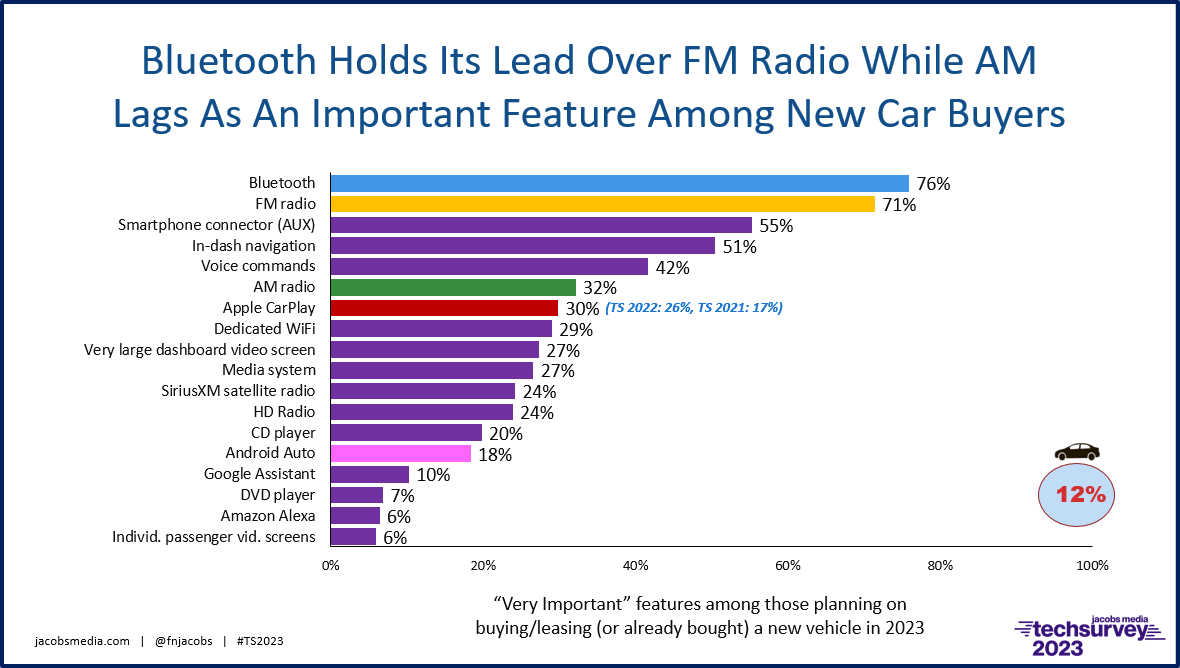
Do I have to remind you the vast majority of Techsurvey respondents are core radio listeners? Most, in fact, are members of station databases.
So when it comes to dashboard equipment, we’re not seeing a ringing endorsement for AM radio from radio’s staunches and most loyal fans. And in the meantime, FM radio’s brand strength has weakened over time.
 So, what to do?
So, what to do?
First, the NAB and Senator Markey are on it. Each understands the gravity of the moment, and what’s at stake for both American citizens and radio broadcasters.
Second, my strong advice to AM broadcasters is develop a strong, simple app for your station or make sure your current one is updated and providing a seamless streaming experience on smartphones and tablets as well as on Apple CarPlay and Android Auto.
And you would do well to keep the demographics of AM radio listening front and center in your strategic process. Across the board, they tend to be older. And the data suggests they may be less tech-savvy than others. If your AM station is on an aggregated app containing hundreds and hundreds of other choices, consider a dedicated app so consumers can easily find your station and its streaming audio without having to jump through too many hoops.
Finally, if you believe the only thing holding back your station is its “AM-ness,” look for an FM signal in your market you can move it to. Even the best AM stations will be challenged in the coming years by more of this abandonment. Getting into a safe space on the FM band just makes good sense.
I wish I had better news and better advice.
But many of the “chickens” that have been allowed to run free all these years – paid programming on weekends, a lack of local programming or hometown premise, a plethora of conservative talk with few good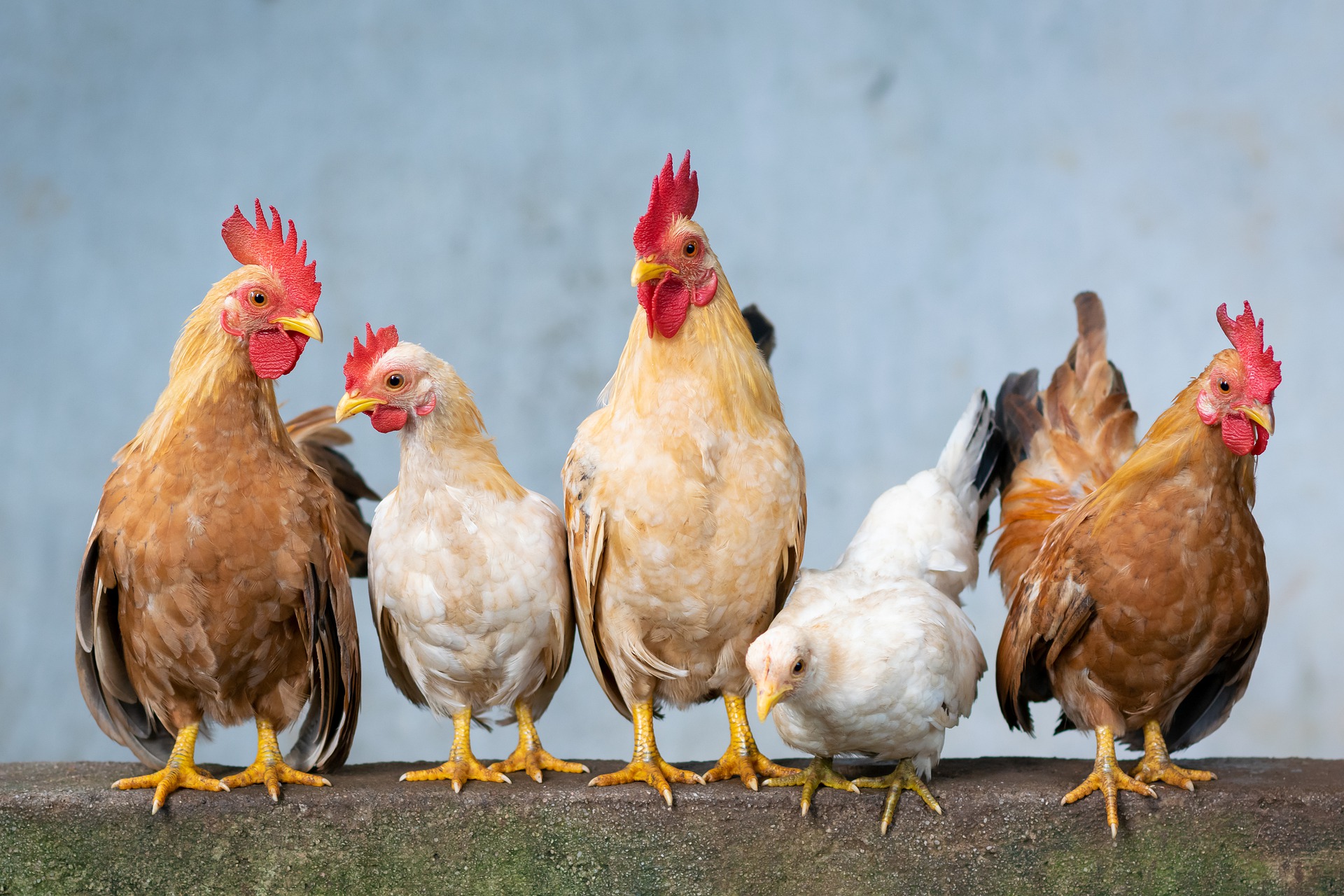 options, out of control commercial loads and per inquiry ads – are coming home to roost.
options, out of control commercial loads and per inquiry ads – are coming home to roost.
Maybe tomorrow will be a better day for radio broadcasters. But for now, even the yank of the industry’s top trade association as well as a U.S. Senator doesn’t seem to be enough to convince automakers to pump those brakes.
I’m sure Larry Lujack, Wolfman Jack, Paul Harvey, and J.P. McCarthy would have had a lot to say about this situation. But those are long-gone voices from AM radio’s past that will never be heard again in real time.
On today’s AM band, those live and local voices have been mostly silenced, save for the hardy all-news and news talkers that are still loudly and mostly proudly providing content. Sadly, they have become too few and far between.
Wish I had better news.
- What To Do If Your Radio Station Goes Through A Midlife Crisis - April 25, 2025
- A 2020 Lesson?It Could All Be Gone In A Flash - April 24, 2025
- How AI Can Give Radio Personalities More…PERSONALITY - April 23, 2025




Fred, since I work for a BMW dealer now, not selling, but focused on the customer experience pre and post sale, I’ve asked our product rep about this. While I get no “official” answers, the “wink wink” response is that for them, their customers just don’t care about AM enough for them to fortify the EV’s with interference protection along with what you mention here with regard to alternatives. I can tell you that since this all started with the elimination of AM in the i3 EV in 2014 and the X5 PHEV back in 2016, I’ve been asked once by a customer about it. I spend time with customers showing them the Connected Dash features and AM radio just never comes up in the conversation. Now, if SXM stops working…or Apple Car Play has an issue, you can be sure we’ll hear about it. It will take some significant buyer pushback to the manufacturers for them to consider changing their minds. No amount of radio research is likely to get their attention.
I totally get it fill. Car buyers vote with their wallets. If there’s something missing from those Beamer they just have to have, they’ll go to Audio or Mercedes-Benz. Out of sight, out of mind. Thanks for the boots on the ground reminder.
The National Public Warning System is key to the AM discussion. NPWS is AM stations, equipped with generators, fuel, food, satellite links, dedicated transmitters and their own studios, all within robust physical facilities that can stay on air for extended periods without external power or communications; and operated by station staff who have been federally credentialed to help them get past local roadblocks.
A man-made or natural disaster including solar eruptions (like the one we escaped this week) could knock out power and Internet over wide areas. Whether your AM receiver is in the car or otherwise, it needs battery / solar / crank power.
Catastrophes are not the automakers’ concern. Let them claim Bluetooth, podcasting and streaming have supplanted radio broadcasting. Those won’t do much when the stuff hits the fan.
This really is the crucial argument for retention of the radio capability: the medium’s inherently robust technology, which for all its wonders the internet cannot duplicate.
That said, don’t miss today’s Letter, where Perry Michael Simon offers his usual perspicacity on this very topic.
https://www.allaccess.com/mail/archive/theLetter/2023-3-17.html
I largely agree with PMS, John. As you saw in the post, even core radio listeners aren’t demanding AM in their new cars. And for those in positions to dictate content strategies for FM, I wouldn’t take anything for granted at this point.
How will the elimination of OTA radio, AM and/or FM, affect the rates broadcasters pay for digital content? Right now, one of the best reasons to maintain towers and transmitters is to enjoy reduced rates paid to creators. If OTA radio goes away, will local broadcasters be able to afford the rights fees that satellite and streamers pay?
In Eastern Canada, AM is pretty much off the radio map entirely. Last time I checked there were only 3 of the almost 50 stations in Nova Scotia still on the AM band, and I think the closest one to me hasn’t tweaked or tuned their antenna in years. The technical quality of its signal is 50% static, krud and perhaps 50% audio.
I was surprised however that you didn’t mention another potential nail in the AM radio coffin…that being Daylight Savings Time. Many American state jurisdictions and also provinces here in Canada are considering doing away with Daylight Savings Time. I read with great interest last week a story in Radio World (March 8th edition) in which Salem Warns of Dire Consequences If Congress Messes With Daylight Saving Time. Atsinger and Santrella say it could be the “death blow” to many AM operators. They go on to point out that most AM stations follow a sunrise and sunset schedule that can reduce their transmitter power and coverage. The Salem leaders said the bill would reduce signal coverage in the crucial morning drivetime hours.
Even today in 2023, I enjoy listening to New York’s WCBS 880 AM after our Nova Scotia sun goes down and the WCBS AM signal bounces right into the Maritimes with a signal that’s very strong and clear.
The future for AM both stateside and here in Canada is changing rapidly. Unfortunately, I don’t see much light ahead for the AM Radio band as we look down this tunnel in front of us.
I own a 2010 Ford Focus that has AM/FM coverage with an optional Sirius receiver that I never use.I will mostly listen to FM when I am in familiar areas that I drive.i will not use Sirius as it requires a subscription.As I am retired and do not drive everyday,I feel I do not need Sirius.
The only time I use AM is when I travel long distances,usually listening to talk stations that will keep me occupied until I reach my home area.As my car is powered by a ICE,I have no problems with radio reception.
It looks like if I get a car without traditional radio, I might have to buy an aftermarket unit to get AM/FM reception.I wonder if that will be a move that many traditional listeners may have to do to continue receiving AM/FM radio.
Once we had feet, then someone invented the wheel. Then horses. Horseless carriages. Gas and Diesel engines. Then electric. AM radio was the de facto standard until receivers had AM/FM. (Blaupunkt had shortwave too. BMW had weather radios in the dash.) If the world ran out of gasoline, we’d have to evacuate on horses. Not many of those around the USA.
The influence of AM/FM organizations has been overshadowed by the streamers, the rights holders and the rest of the coalition looking to grab as much money from the consumer as possible. We can’t sit back and say “but it’s always been that way”. I don’t sense a large outcry from the bigger broadcasters – except for those who are shutting down their AM signals and selling the land under their towers. They’re crying alright- all the way to the bank. It’s short sighted to say the least, but the media evolution will continue to leave the weaker participants in the dust. It is accelerating even as we speak. Thanks for keeping us posted, Fred.
It wouldn’t be anywhere near a total fix, but this might be another reason for the U.S. (and Canada, and Mexico…) to consider an expanded/extended FM band–like what’s being rolled out now in Brazil…
https://en.wikipedia.org/wiki/FM_extended_band_in_Brazil
Of course, that creates a whole new battle, which is to convince the automakers to include the new expanded FM band radios in the dashboard. (The problem with devices that aren’t already able to tune down to 76MHz is pointed out in the Wikipedia article.)
And IIRC, this was proposed and rejected in our own transition to digital television. It certainly makes sense: Here in L.A. one of the Spanish language TV stations somehow got talked into moving to channel 4 (!) and is now receivable off-air in only a small portion of the area they covered with their previous UHF channel.
Reading the earlier comment about the NPWS, I wonder if that isn’t the talking point that Markey needs. Or does the FCC have any jurisdiction to force the issue, under the guide of EANS?
For everyone decrying the lack of national or even local preparedness if AM “dies”, what about FM? Yes, yes I realize that there will be pockets of the country uncovered but how does “saving” AM actually work realistically? Some sort of gov’t mandate? And so what if cars do have receivers? If the public is not using the band during non emergency times (other than the unicorns that some always like to tell us about), how does saving the band work long term? The band will continue to degrade and the public will continue to ignore it…there doesn’t seem to be a “huge investment” waiting and in jeopardy predicated on having receivers in cars….Sad though.
Indeed, it is.
I feel like the industry conspired to write the epitaph of AM. That is, when they/we all decided that conservative talk was the Holy Grail. Yes there are some stalwarts amongst AM that still do legit news and information, but they are in the vast minority. So it’s not surprising that when manufacturers and legislators hear about the “critical information” only available on AM radio in emergencies…that their first thought is “like besieging the U.S. Capitol building? Sorry. Had to “go there”. It was being left unsaid. May not be fair, but perception is reality.
And reality is reality, Tim. Thanks for the comment.
There was an article in the Times Herald-Record (Middletown NY) today which may have provided a perfect counter argument to the justification of eliminating AM because listeners can access the stream:
“And yes, you can stream AM stations on your smartphone. But that means doing something that’s downright dangerous while you’re driving — fiddling with your phone, which causes some 1.5 million accidents per year, according to the National Safety Council, including about 400 deaths per year from texting and driving, according to the National Highway Traffic Safety Administration.”
https://www.recordonline.com/story/opinion/2023/03/15/am-radio-disappearing-electric-cars-nyc/70009810007/
Gee, Ford Motor Company, does that mean if I get into an accident while trying to get the AM station on my smartphone because you refused to put an AM radio in my new Mustang, I can sue you for creating an unsafe driving condition which is validated as such by a federal agency?
This would make an interesting class action suit, methinks.
K.M., you’re right. There are the hoops you have to jump through to stream a radio station especially while driving. It sure would be nice if the car makers could simplify their infotainment systems, many of which are still not intuitive.
As for Electric cars – they only make up a very small niche of the market and will for a very very long time. But since manufacturers like to save a few pennies then why would they carry 2 types of in dash entertainment systems? One for EV and one for gas? They wont. So that’s possibly one reason. As for AM/FM usage most people use web based systems for their entertainment with exception of people who spend a lot of time in vehicles even then many use phones to listen they connect to their entertainment center. No easy answers – THX for overview – I’m in the podcast world where freedom and free speech reigns! That’s another possible reason people have moved away from Radio/TV/cable. Best to you. Steve Johann
Steve, thanks for weighing in & your perspective. I get concerned for older listeners who will struggle to stream their favorite AM station in their cars. Perhaps this is simply natural evolution, but some people will be left behind.
As for podcasting, you’re right – you can say whatever you want, while broadcasters have to be mindful of FCC rules, regs, and standards. That said, podcasters generally don’t have the freedom – or legal green light – to play music. And I believe that has stunted its growth.
I stand corrected,
however legislators in the United States is pushing to have AM radio here to stay.
Unlike satellite radio or streaming, local broadcast radio is always available with no cellular data, subscription or signal required.
Despite this, some auto manufacturers have tried removed AM radio from their electric vehicle models. They argue that people listen to internet or other radio venues, which isn’t always available in all areas. AM radio can penetrate into areas that FM radio cannot, and many vehicles and farmers in rural areas rely upon AM radios in their vehcles
Numerous lawmakers, regulators and former FEMA administrators have agreed that AM radio is critical to ensuring information can reach the public during times of crisis. Taking AM radio out of cars will put Americans at risk.
Look at the importance for Over The Air radio broadcasting in the event of emergencies, such as the wildfires in Hawaii..
The FCC noted that 4 AM stations were observed being in service (KNUI, KCIK, KAOI, KUAU), a fact that highlighted the importance of broadcasters during emergencies.
(reference article from TVtechnology.com):
https://www.tvtechnology.com/news/fcc-hawaii-wildfire-impact-90-of-cell-sites-out-of-service-in-six-maui-cities
Look at the importance for Over The Air radio broadcasting.
The FCC noted that 4 AM stations were observed being in service (KNUI, KCIK, KAOI, KUAU), a fact that highlighted the importance of broadcasters during emergencies.
https://www.tvtechnology.com/news/fcc-hawaii-wildfire-impact-90-of-cell-sites-out-of-service-in-six-maui-cities
thank you for the article
I am still amazed that radio is not taken seriously by car manufacturers on your side of the Atlantic. Here in the UK, all new cars have to have, by law, car radios which receive both analogue and digital stations. Where I live in the north of England, I can only receive four FM radio stations while I can hear over 70 DAB/DAB+ stations. In January one of the national networks – Absolute Radio – closed all its MW (AM) transmitters and now just broadcasts on DAB, online and via smart speakers, while across Europe over 125 MW/LW stations have closed and Norway has already shut down its FM national networks and just broadcasts those stations on DAB+ and online.
It is a different world, of that there is no doubt. And for auto companies trying to standardize their dashboard offerings over there and over here, it’s not an easy puzzle to solve.